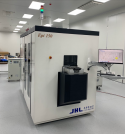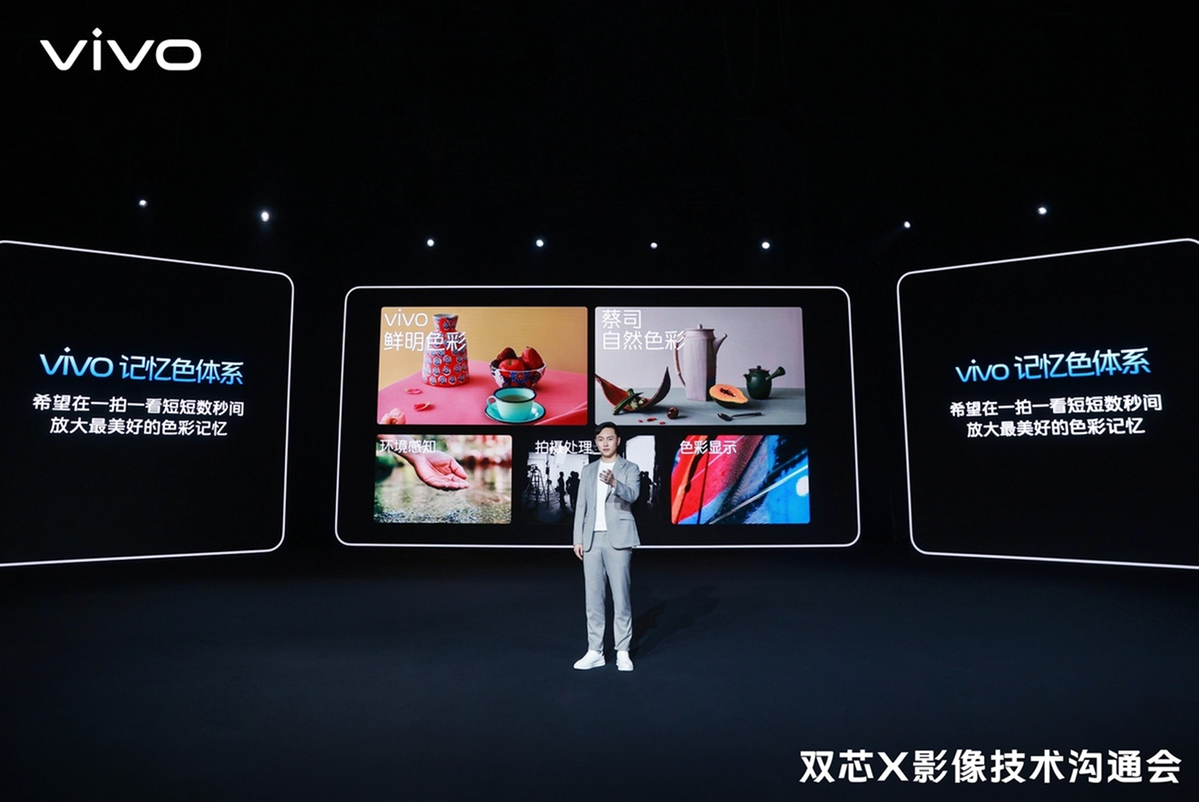6-inch SiC high temperature epitaxy equipment was successfully developed in Jihua Laboratory
Recently, the SiC high-temperature epitaxy equipment independently developed by the high-power semiconductor research team of Jihua Laboratory has made a breakthrough. The team overcame the difficulties caused by foreign technology blockade and the epidemic. It took less than a year to complete the process from simulation simulation, structural design, temperature and gas field design, processing and procurement, to the independent development of system software, installation and debugging, and a A series of software and hardware joint debugging work has broken through a number of interdisciplinary problems, and has
applied for more than 30 invention patents, of which 4 have been patented, and the main functions and performance indicators of the equipment have met the design requirements. At present, the researchers are conducting intense process debugging .

Epi 150 SiC epitaxy equipment physical photo
SiC epitaxy is the core process in the production process of SiC devices, and the production cost accounts for 22% of the device production process. Its production equipment is monopolized by developed countries such as Europe and the United States. The successful development of this equipment will solve the "stuck neck" problem that all the key process equipment used in the production of third-generation semiconductor SiC devices in my country relies on imports. The project adopts the design scheme of highly stable gas flow field, pressure field control, induction heating, and reaction chamber complete system, combined with self-developed in-situ monitoring technology, online cleaning technology and coating materials and processes, so as to realize the rapid and efficient SiC epitaxy. High-quality growth while improving the reliability and stability of equipment operation.
The core components of the equipment are all made in China, and the localization rate of the whole machine exceeds 85%. The equipment has achieved stable operation for nearly 30 hours for the first time. The background vacuum, leak rate, temperature control accuracy and other related indicators have reached the international advanced level, and some indicators such as the heating rate and the maximum process temperature are leading the international advanced level. The high-power semiconductor team also develops SiC epitaxy process and product development, SiC crystal growth process and equipment development, and SiC ion implantation process and equipment development. Based on scientific research, engineering and application are the goals to create a whole process chain covering core technologies. The R&D center leads the bright vision of the third-generation semiconductor equipment industry in the Guangdong-Hong Kong-Macao Greater Bay Area.


